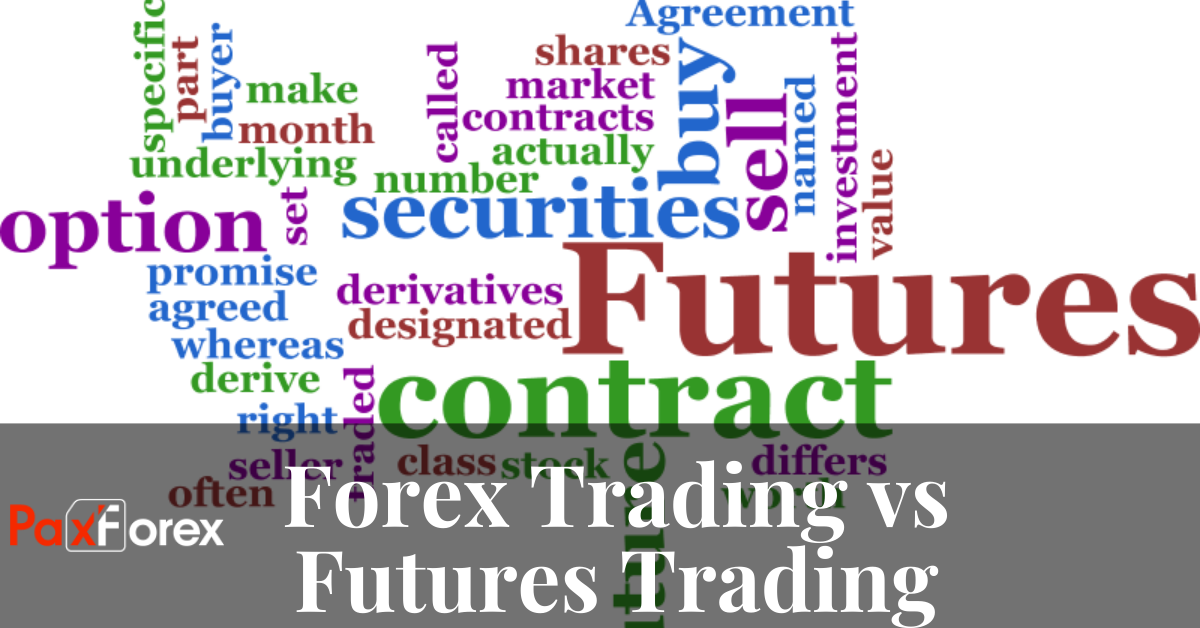
The global foreign exchange market is the largest, most active market in the world. The benefits of forex over currency futures trading are considerable. The dissimilarities between the two instruments range from philosophical realities such as the history of each, their target audience, and their relevance in the modern forex markets, to more tangible issues such as transactions fees, margin requirements, access to liquidity, ease of use and the technical and educational support offered by providers of each service.
The forex market is the largest financial market in the world and has become popular for several reasons: Investments are liquid, easier to control, and allow an investor to start with minimal funds. Liquidity is the ability of a position to be converted from a holding and back to cash, which enables investors to enter and exit trades quickly. In forex trading, you base your acquisition or selling position on whether you think the value of currency you are acquiring or selling is on the rise or about to fall.
Futures trading involve a contractual agreement between two entities – a buyer and a seller – to exchange a specific commodity at a predetermined price and date. The commodity and cost is set at a price and terms agreed upon today, while the settlement takes place on a designated future date. The seller determines the sale price of the commodity based on anticipation that the cost of the asset will decrease in the future. In turn, the buyer agrees on the purchase cost based on the speculation that the asset will increase in value by the date of the exchange of the commodity.
Forex trades are often commission free. Currency futures have the added baggage of trading commissions, exchange fees and clearing fees. These fees can add up quickly and seriously eat into a trader’s profits. In contrast, currency futures are a small part of a much larger market; one that has undergone historical changes over the last decade. Currency futures contracts (called IMM contracts or international monetary market futures) were created at the Chicago Mercantile Exchange in 1972.
These contracts were created for the market professionals, who at that time, accounted for 99% of the volume generated in the currency markets. While some intrepid individuals did speculate in currency futures, highly trained specialists dominated the pits. Rather than becoming a hub for global currency transactions, currency futures became more of a sideshow (relative to the cash markets) for hedgers and arbitragers on the prowl for small, momentary anomalies between cash and futures currency prices.







